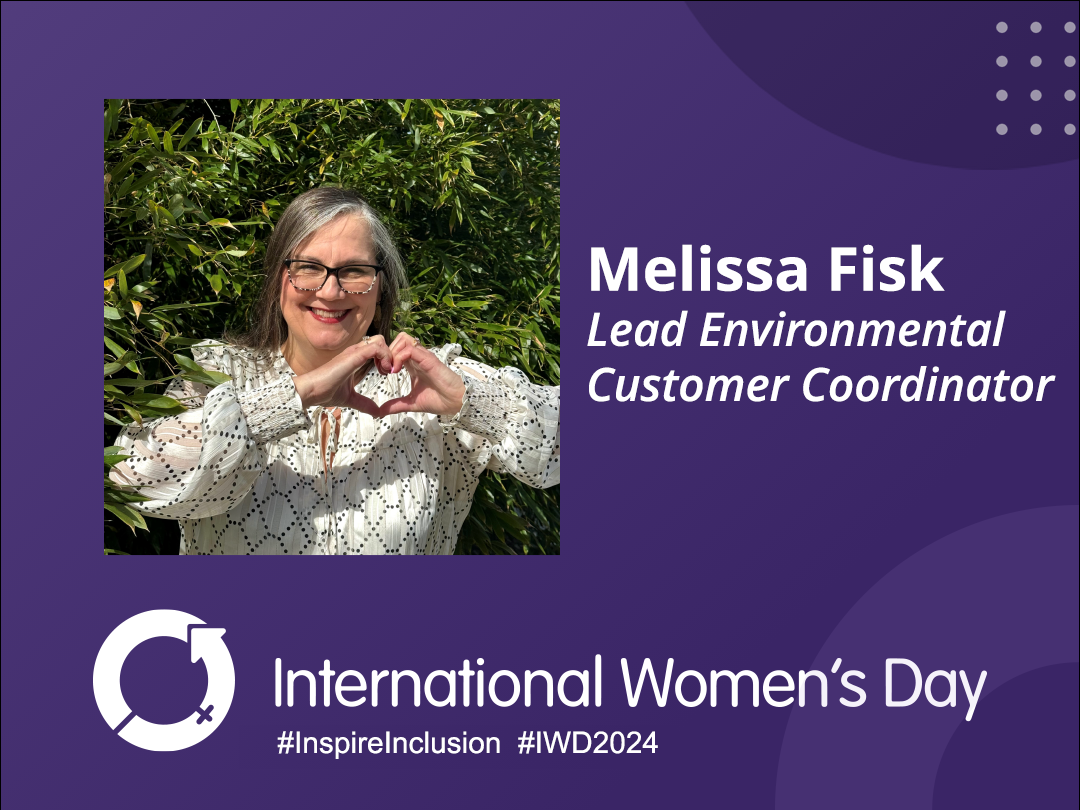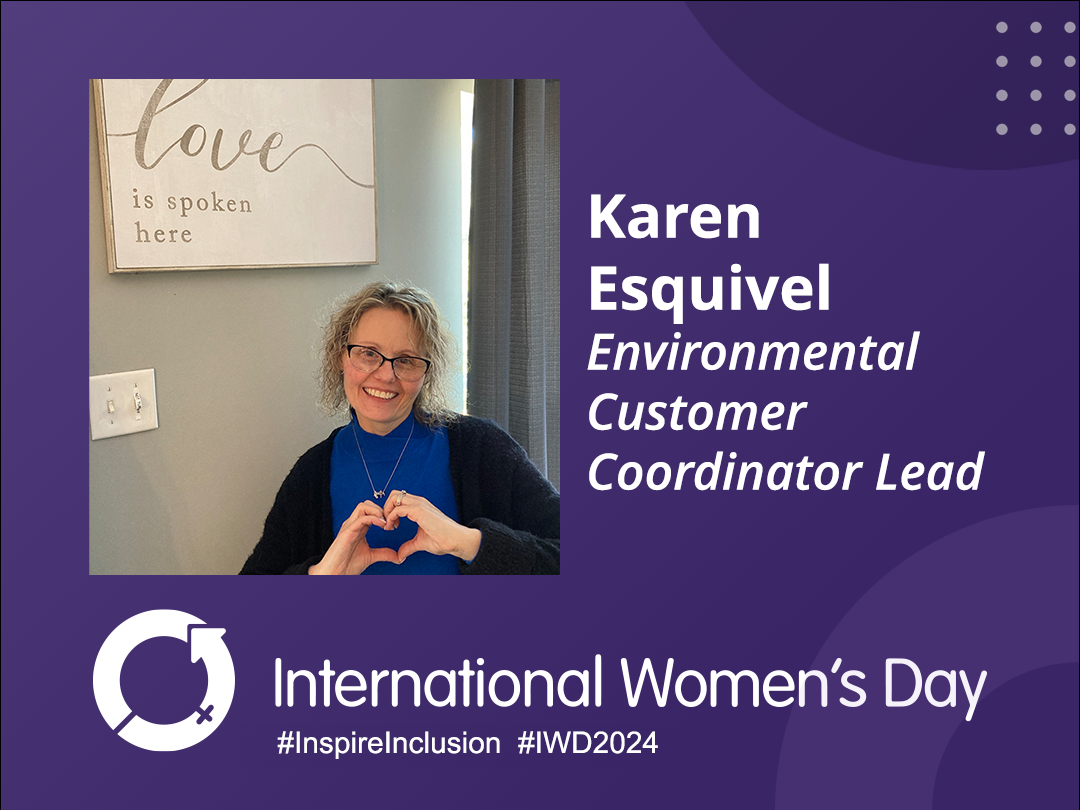
In their memo on closed containers the EPA provided several frequently asked questions and their answers. In our next couple of posts we will be breaking down this long list of FAQ’s into more manageable chunks of information. All this information can be found in its original context here.
Question: Can a small quantity generator (SQG) establish satellite accumulation areas according to 262.34(c) for their hazardous waste?
Answer: Yes. Both large quantity generators (LQGs) and small quantity generators (SQGs) may take advantage of the reduced requirements while hazardous waste is in SAAs, provided it is managed in accordance with all the provisions of40 CFR 262.34(c). If an SQG or LQG accumulates more than 55 gallons of hazardous waste (or 1 quart of acute hazardous waste) at an SAA, the excess must be removed within three days. If after that period, the excess is not removed, LQGs must comply with 262.34(a) and SQGs must comply with 262.34(d), with respect to the excess amounts.
Question: If a generator accumulates more than 55 gallons of hazardous waste (or 1 quart of acute hazardous waste) at an SAA, when should the generator date the container(s)? When 55 gallons of hazardous waste (or 1 quart of acute hazardous waste) is exceeded, or when the container is moved to the central accumulation area?
Answer: When 55 gallons of hazardous waste (or 1 quart of acute hazardous waste) is exceeded in an SAA, the generator needs to date the container, so that the generator can move the excess to the 90 day or 180-day area within three days (262.34(c)(2)). Then when 3 days have passed, or when the container is moved to the central accumulation area, the generator needs to date the container again, so that it can be moved off-site within 90 or 180 days (262.34(a)(2) and 262.34(d)(4), respectively. (Of course, the container does not need to be dated after it is removed from the SAA if the excess waste is moved directly to a permitted or interim status unit). This means that an LQG has up to 93 days and a SQG has up to 183 days for on-site accumulation time once 55 gallons of hazardous waste (or 1 quart of acute hazardous waste) has been exceeded at the SAA- up to three days in the SAA, followed by up to 90 or 180 days in the central accumulation area.
Question: When a generator accumulates more than 55 gallons of hazardous waste (or 1 quart of acute hazardous waste) at an SAA, the excess of 55 gallons (or the excess of 1 quart of acute hazardous waste) needs to be removed from the SAA within three days. What is meant by “three days”?
Answer: Three days means three consecutive days. It does not mean three working days or three business days. Originally, the Agency had proposed to use 72 hours as the time limit but realized that determining when 72 hours had elapsed would have required placing both the date and time of day on containers. In the final rule the Agency switched to using three days so that generators only need to date containers that hold the excess of 55 gallons of hazardous waste (or 1 quart of acute hazardous waste).
Question: lf an SAA has a full 4-gallon container of hazardous waste, does the generator have to remove the container from the SAA within three days of being filled?
Answer: No. There is no federal requirement that full containers of hazardous waste be removed from an SAA within three days of being filled. Only the excess of 55 gallons of hazardous waste (or the excess of 1 quart of acutely hazardous waste) must be removed within three days.
Information for this blog post was gathered from the EPA Memorandum on Closed Containers. As always, this blog post is not intended to be comprehensive and it is always best to check with the EPA and local government for full, up-to-date, rules and regulations.
More News From Heritage
-
3/12/24
Equal Pay Day – Spotlighting Our Female Drivers
-
3/8/24
International Women’s Week Spotlight – Shannon Dippel
For International Women's Week, we're spotlighting some of the incredible women in the Heritage family. Our final spotlight is Shannon Dippel.
-
3/8/24
International Women’s Week Spotlight – Susan Adams
For International Women's Week, we're spotlighting some of the incredible women in the Heritage family. Our sixth spotlight is Susan Adams.
-
3/7/24
International Women’s Week Spotlight – Lea Wilson
For International Women's Week, we're spotlighting some of the incredible women in the Heritage family. Our fifth spotlight is Lea Wilson
-
3/7/24
International Women’s Week Spotlight – Melissa Fisk
For International Women's Week, we're spotlighting some of the incredible women in the Heritage family. Our fourth spotlight is Melissa Fisk.
-
3/6/24
International Women’s Week Spotlight – Taylor Harvey
For International Women's Week, we're spotlighting some of the incredible women in the Heritage family. Our third spotlight is Taylor Harvey
-
3/5/24
International Women’s Week Spotlight – Karen Esquivel
For International Women's Week, we're spotlighting some of the incredible women in the Heritage family. Our second spotlight is Karen Esquivel.
-
3/5/24
Heritage Environmental Services Announces HP Nanda as CEO; CEO Jeff Laborsky Transitions to Board of Directors
Heritage Environmental Services (“HES”) announced today that HP Nanda will join the organization as CEO.








